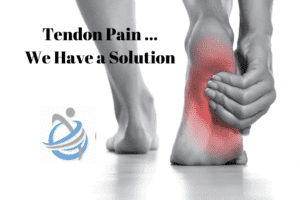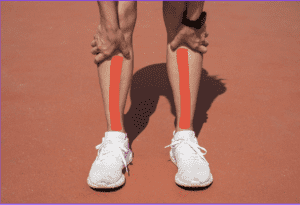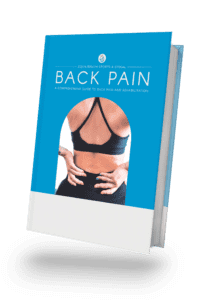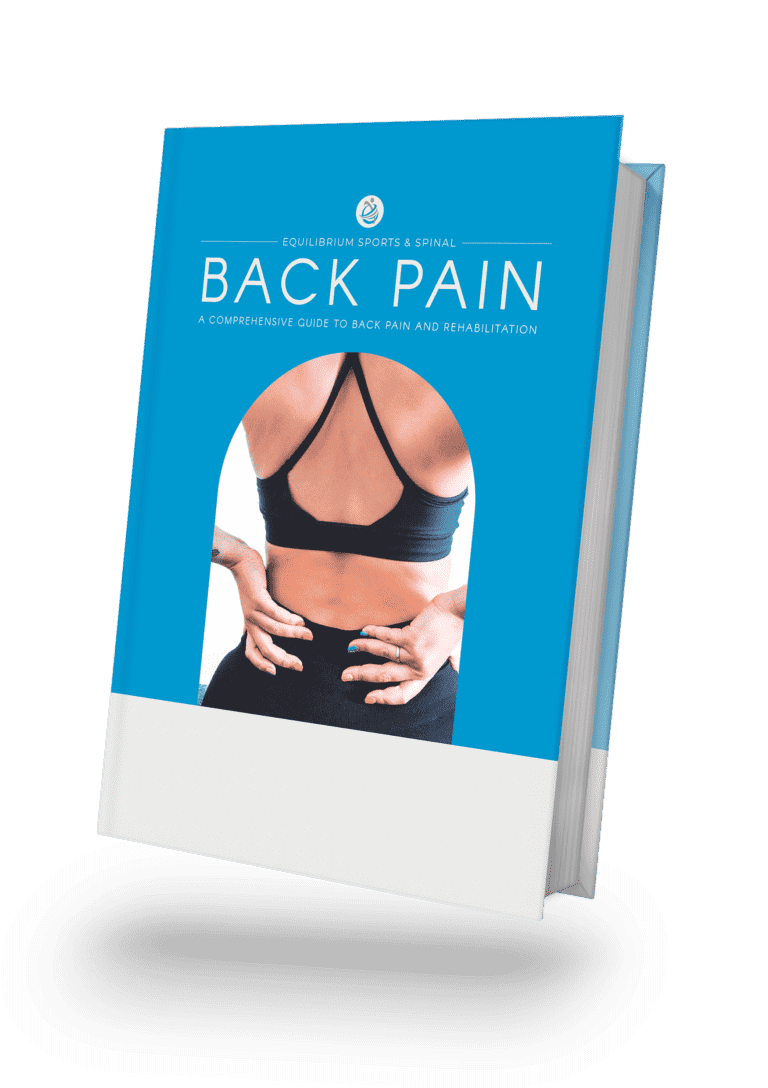With the Melbourne Marathon only 9 days away, it will no doubt see a lot of us only NOW starting to dust off our runners and consider going out for a run. Today we are going to talk about the preparation phase – the warm up and cool down. Too often we see many people client’s missing this step, and setting themselves up to fail, with yet another injury hampering their exercise routine.
Prior to starting any exercise routine, be it lifting weight or running a marathon, your body needs to make a number of adjustments: These include:
- An Increase in breathing and heart rate
- An Increase in blood flow to the muscles being used to supply them with more oxygen
- A lubrication of the joints
- An increase in mental preparation for activity
- A Stimulation of the nerve to muscle pathways, exciting the body for exercise.
SO WHAT SHOULD A WARM UP INCLUDE?
An ideal warm up should involve the activity you are about to participate in, but at a decreased intensity, which gradually increases. This allows for the above changes to start taking effect in the body.
If you were to start exercise at a high intensity without an adequate warm up, your body would not be prepared for the increased demands and may result in injury.
Any warm up should be specific to the task you are about to complete; going for a run, start with a light walk or jog. Lifting weights? Perform the movements patters ( ie Squat / lunge) with your body weight. These activities are designed to switch on the muscles needed for the activity, gaining the mobility required from joints of your body, preparing the proprioceptive system and beginning to get the cardiovascular system pumping building in intensity.
This warm up routine should take you no longer than 10 minutes and will have your body in the best possible position to prepare for activity
We are often asked, should I perform static stretching as part of my warm up?
There is a lot of contention these days about the benefits of static stretching – there is research indicating it can reduce power output and performance for a period of time afterwards. Generally, we suggest more dynamic stretching to avoid this response, and encourage you not to hold stretches for longer than 5 seconds.
Conversely stretching is great for post work out activities or during your cool down.
Cool Down:
Performing a “Cool down” after your exercise session, is still a very important part of your training. It helps:
- Return your heart rate to a normal level.
- Slows down the breathe rate.
- Helps remove metabolites (lactic acid) from the system.
So strap your shoes on, grab a friend, partner or whom ever and get out into the sun. If nothing else the fresh air and Vitamin D will be great for you!
Enjoy your warm up.
If you are concerned your body may not be 100% prepared for a return to sport or activity after a period of winter inactivity, The staff at Equilibrium are more than happy to help guide you through your return to sport.
Simply book in and we will take care of the rest.








